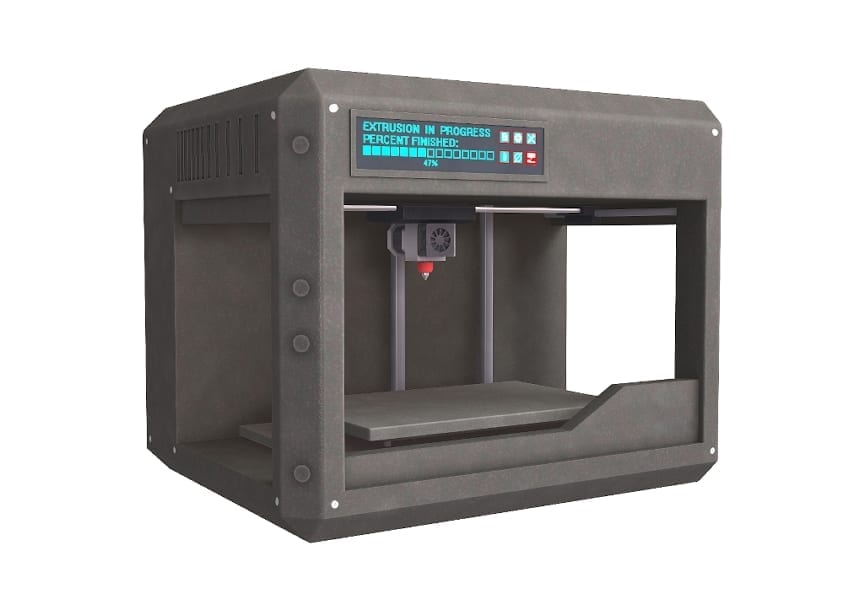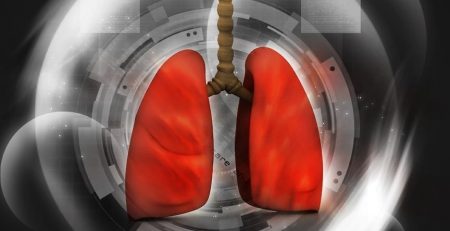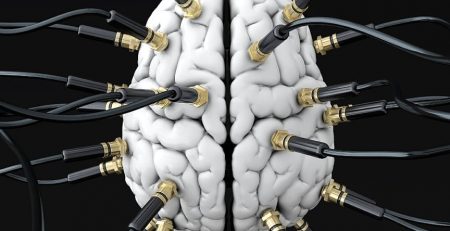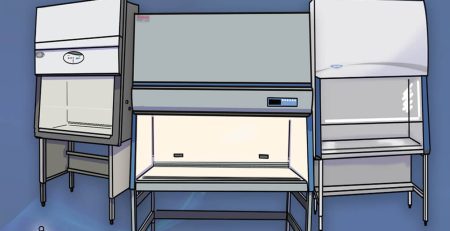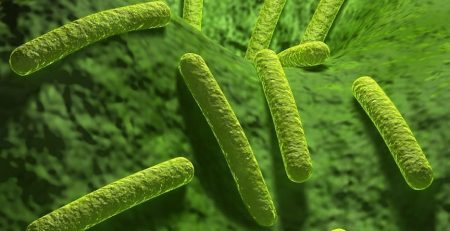3D BioPrinting Company, Organovo Takes Top Honors at Future Med 2013
This week’s FutureMed convention was a SMASH and Saturday’s “Startup Pitch Contest” disruption ruled this week’s event. Out of the 27 startup companies that participated only two of them managed to wow the panel of investor judges. Organovo, a southern California based company founded in 2007, took top honors with their invention of 3D Bioprinting. Three-dimensional cellular construction, also known as 3D Bioprinting uses hardware and software that takes primary, or other human cells and forms them into a three dimensional tissue. 3D printing is not a new technology, as there are companies such as Stratasys who can scan an object into a computer and print it out of various materials. However, Organovo is the first biotech company that prints out human tissues, such as a lung, or blood vessel. Organovo’s NovoGen MMX Bioprinter is the first of its kind and only one on the market, year to date.
The process involves taking a person’s cells, for example, muscle cells, and growing those cells in a culture. Once enough cells are present, an enzyme is applied that releases them from the growing surface and they’re loaded into a pellet-like structure. The next step is incubation; this is where the cells start to attach to one another. After incubation, cells are placed into a nutrient broth in a Petri dish, where they feed and continue to attach. This is the beginning stage of solid tissue formation. Next the forming tissue is sucked into a glass tube that serves as an ink cartridge and is loaded into the printer. With a computer-programmed script, the printer deposits the tissue into the desired shape. The NovoGen will deposit the tissue one line at a time on top of a layer of gel. Over a few days, the cells will merge into a single piece of tissue. After the tissue growth is entirely complete, it’s virtually identical to something removed from a human. To date, the company has created several tissue types including lung, cardiac muscle and blood vessels.
Other Related News on Organovo:
Organovo Joins with OHSU to Bio-Engineer Cancer Tissue for Drug R&D
Along the way to developing technology for bio-engineering human livers, kidneys, and other vital organs, Organovo CEO Keith Murphy says the San Diego startup realized its 3-D bio-printing technology could be used to address a huge unmet need more immediately. As Murphy explained 18 months ago, Big Pharma companies have been searching for better and more accurate ways to test their experimental drug compounds in the laboratory. But there are limits to predicting clinical outcomes from tests that use lab animals or cancer cell lines. So Organovo, with bio-printer technology that lays down a pattern of cultured cells, began to supply customers like Pfizer (NYSE: PFE) with 3-D samples of cells that look and act more like real human tissue.
Now the six-year-old startup is taking this line of business in a new direction. Organovo is today announcing a partnership with the Knight Cancer Institute at the Oregon Health & Science University (OHSU) in Portland, OR, to make 3-D human tissue samples even more accurate in terms of assessing drug candidates during pre-clinical development. A statement from the partners quotes Joe W. Gray, director of OHSU’s Center for Spatial Systems Biomedicine, saying, “Using Organovo’s bioprinting technologies, we plan to create new models to understand cancer disease mechanisms and metastatic progression, which can be used to discover and test new targeted therapies.”
Organovo’s bio-printer operates much like an inkjet printer. The company showed in late 2010 it could grow bio-engineered blood vessels by “printing” cultured human cells in rings, layer upon layer, supported by a jello-like hydrogel so the cells could fuse into a 3-D, tunnel-like structure. Now Oranovo and OHSU plan to use the same technology to create 3-D tissue samples so each cell can interact with adjoining cells, so they react to drug compounds much as they would in the body.
For example, Murphy says scientists could use healthy human lung cells to assemble what he calls a 3-D “construct” for choosing the single best drug compound from a number of eligible molecules. After months of screening, he says, “When you’re sitting there with the final 10 compounds, they can all look the same.” A more exciting approach, Murphy says, would be to substitute diseased cells from cancer patients. “Once you make a basic model from human cells, it should be possible to take diseased cells from a hundred different patients and to create 100 different models,” he says. Murphy says Organovo’s partnership with OHSU is not exclusive, and neither is the company’s collaboration with Pfizer. So he anticipates forming additional partnerships with both industry and academic research institutions.
In the statement today, Brian Druker, director of the Knight Cancer Institute (who has been credited as the scientist behind the cancer drug Gleevec), says, “Better research models lead to a deeper understanding of disease mechanisms and more accurate information in the preclinical drug discovery and development process. We believe new technologies, like bio-printing, and are important for producing more relevant models of cancer and metastasis to ultimately support the discovery of new therapeutics.”




